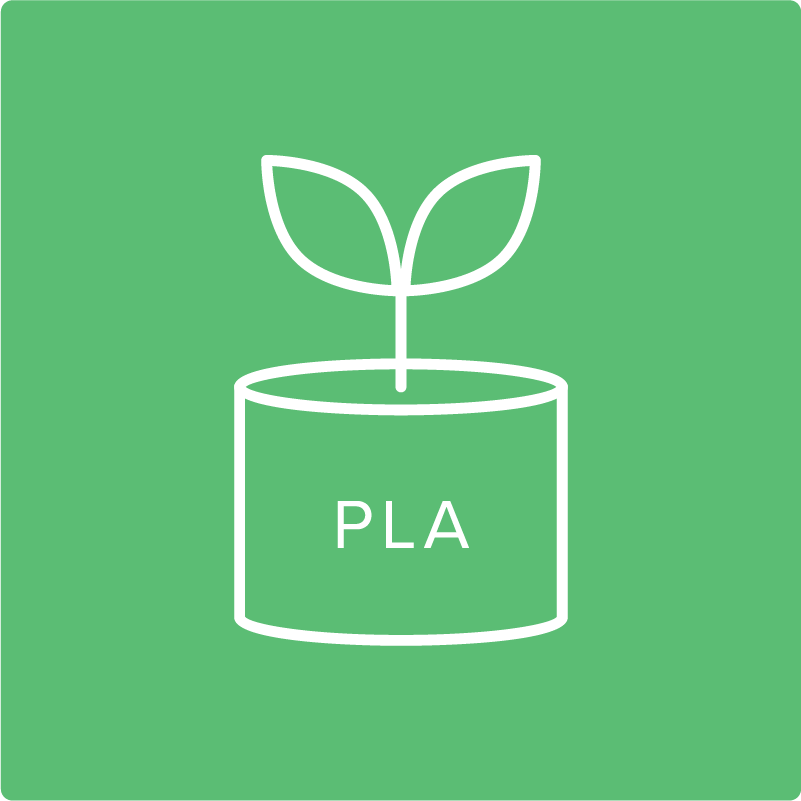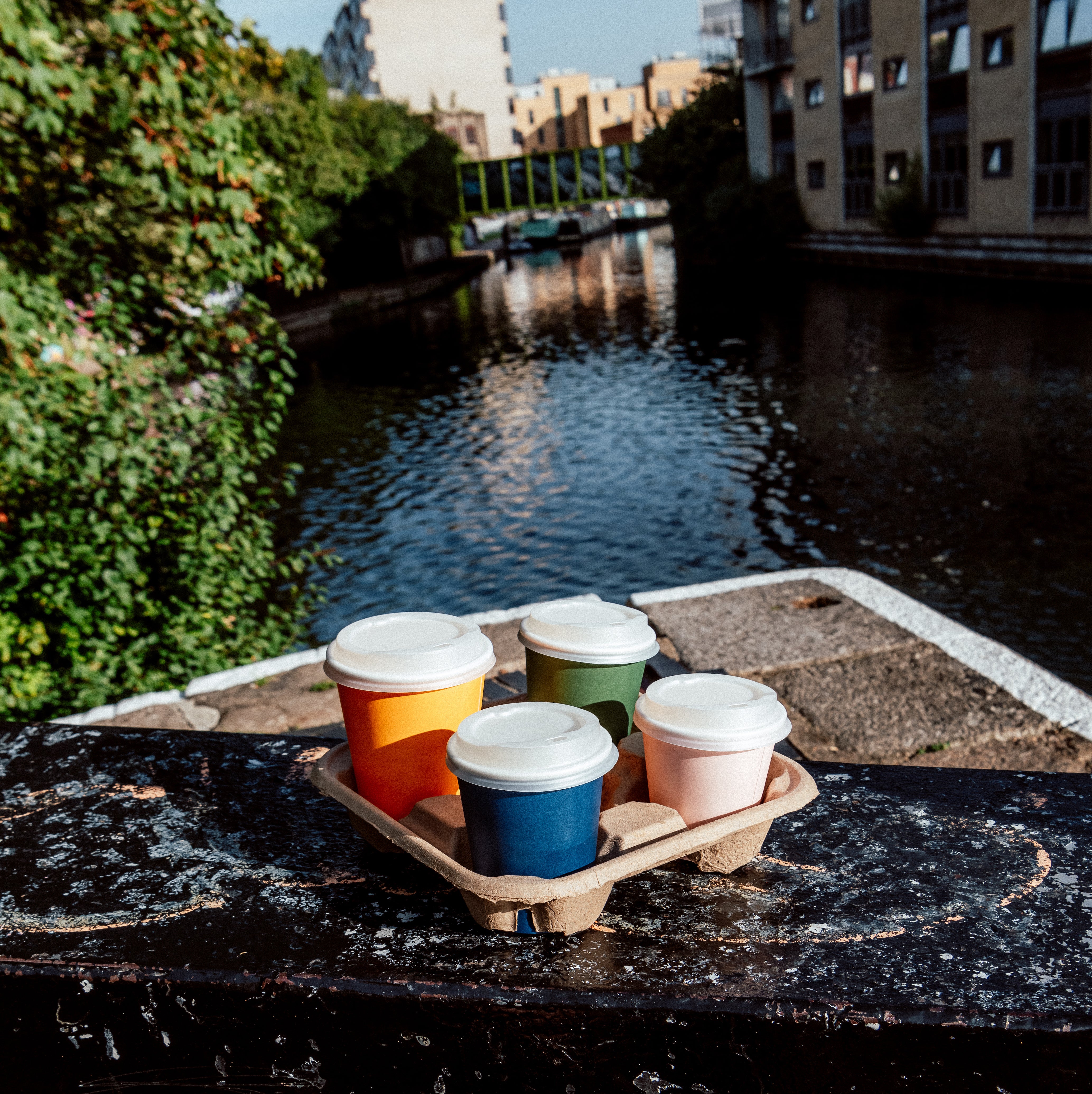
PLA & CPLA Range
Product Information
Whether it's Hot Cups, Clear Cups, Lids, or Straws, decent PLA & CPLA products are certified industrially compostable to international standards. Ensuring everything we make, we can unmake - and not leaving anything behind.

PLA
We use low-carbon PLA biopolymers made from renewable resources. PLA can break down fully, back into organic molecules.

CPLA
The crystallised form of PLA - its heat tolerant cousin which maintains the same ability to compost fully but is opaque instead of clear, and a bit more hardy.

Commercially Compostable
This product has achieved this international standard which uses tests to determine if bioplastics products will compost satisfactorily in commercial facilities. (ASTM D6400, ASTM D6868)


What exactly is PLA?
Polylactic acid or polylactide (PLA) is a polyester derived from plant sugars such as corn starch or sugarcane, that are then fermented.
So, why PLA?
PLA can break down fully, back into organic molecules. Unlike traditional oil-based plastics, which are dangerous to source with their oil spills, super toxic refineries, and a long history of unethical business practice, our PLA products use natural, sustainably sourced materials that will break back down to compost. How’s that for a circular economy!
How is PLA made?
The process of making PLA involves several steps, primarily focusing on the fermentation of natural sugars and the polymerization of lactic acid.
Polylactic acid (PLA) is made by extracting starch from renewable sources like corn or sugarcane, which is then hydrolyzed into simple sugars such as glucose. These sugars are fermented to produce lactic acid, and purified to remove impurities. It then goes through a chemical process to turn this lactic acid into a polymer, which can be made into pellets, perfect for moulding into various packaging products.
This process shows the sustainability of PLA as a compostable alternative to traditional oil-based plastics.
What's the difference between PLA and CPLA?
CPLA is crystallised PLA. The same materials, but slightly thicker, and therefore a stronger and more sturdy version of PLA. Where higher temperature food or drink are being used, CPLA will give the product better heat resistance - helpful in our decent products to ensure they can hold any food or drink needed.
CPLA maintains the same ability as PLA to compost fully.
What should I do with my PLA products when I’m finished with them?
decent PLA products can fully break down in 12 weeks in commercial compost facilities. So, ideally, they go in a commercial compost! If no commercial compost facilities are available, they should be popped in your general waste bin.
Shop PLA & CPLA Range
Ordering made simple
Open an account, It only takes 30 seconds... sometimes 28.














